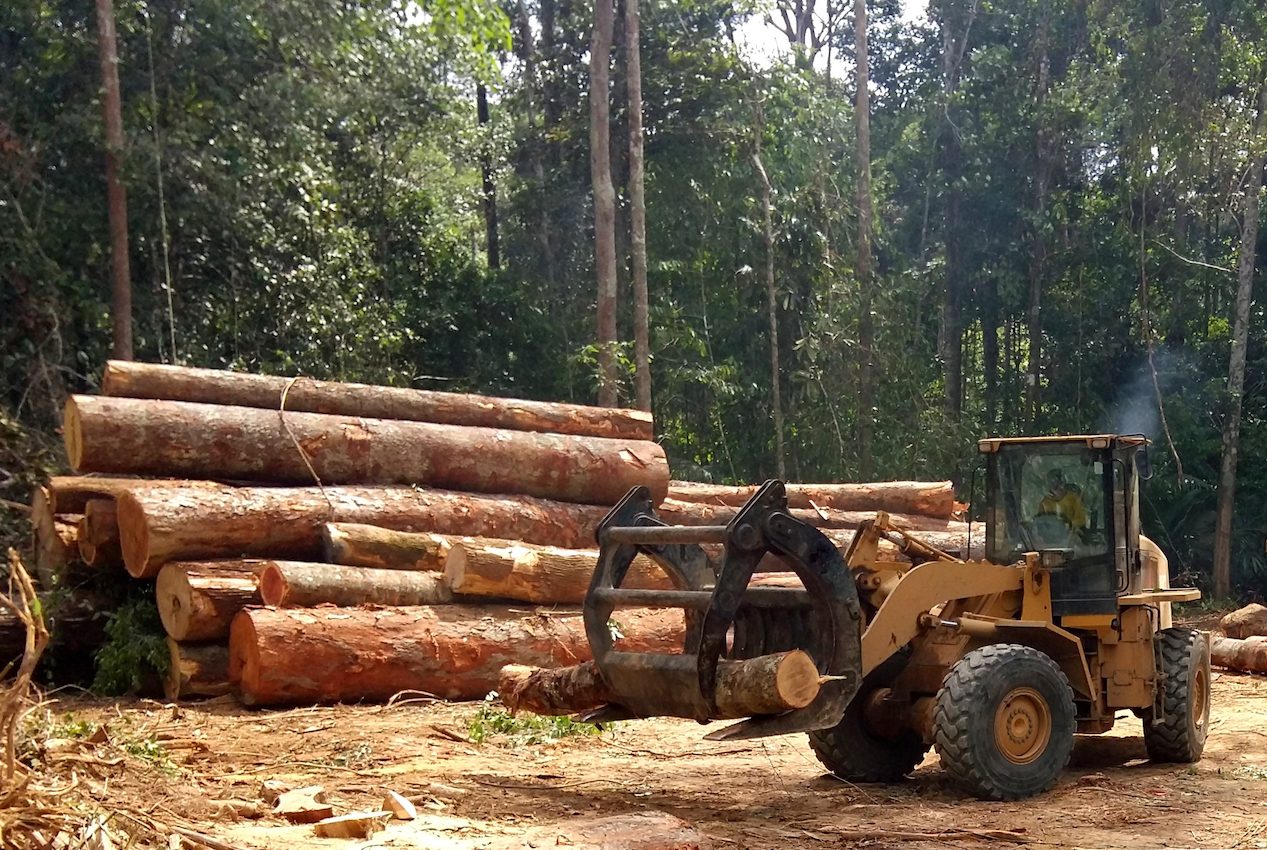
Limited logging in the Amazon is still not enough to ensure sustainability
The Amazon rainforest spans across nine countries in South America and is the world’s largest rainforest and home to a vast array of plant and animal species.
Its designation as a biodiversity hotspot and key ecosystem has led to policies limiting deforestation and logging in the hopes of ensuring future conservation and sustainability.
But in a new study, researchers from the Tropical managed Forests Observatory found that even selective logging practices will not be enough to promote sustainability and regrowth.
Logging in the Amazon provides an important source of income and employment, but the researchers say that the Amazon forests will not be able to meet growing demand in the future.
The study was published in the journal Environmental Research Letters.
“Selective logging provides income and employment and allows the forest to retain most of the carbon stocks and biodiversity of old-growth forests,” said Dr. Camille Piponiot, the lead author of the study. “But with 30 million cubic metres of sawlogs being extracted from the Amazon’s 108 million hectares of natural production forests each year, decisions about the management of these production forests are of major importance.”
The researchers modeled five different logging and regrowth scenarios with computer modeled to predict the long-term impacts of varying logging management strategies.
The average logging scenario used a 30-year cutting cycle, and the researchers also modeled a high intensity and low-intensity scenario with a 30-year cutting cycle.
The other two scenarios were a short cycle with a 15-year cutting plan and a long 65 years cycle with average logging intensity.
None of the scenarios were ideal, and the researchers found that the light scenarios did not meet demand while a 30-year cycle does not allow for enough regrowth.
“Our results show that with current cutting cycles and logging intensities, forest regrowth is too slow to recover timber stocks,” said Dr. Piponiot. “The light scenarios (low intensity and long cutting cycles) do not provide enough timber and the heavy scenarios are not sustainable, as they do not allow volume recovery during a cutting cycle.”
What’s especially concerning is that the projected impacts of climate change will only put further strain on the rainforest and cause biodiversity declines, droughts, and wildfires, which will deplete timber stocks.
If the Amazon rainforest is to keep its robust tree cover, the results of the study show that logging management strategies need to be re-evaluated.
“We are in a period of transition that requires important forest policy decisions to promote diversification of timber sources, and a substantial shift in the objectives of Amazonian production forest management,” said Dr. Plinio Sist, the co-author of the study.
—
By Kay Vandette, Earth.com Staff Writer
Image Credit: Shutterstock/Tarcisio Schnaider













